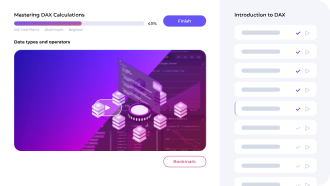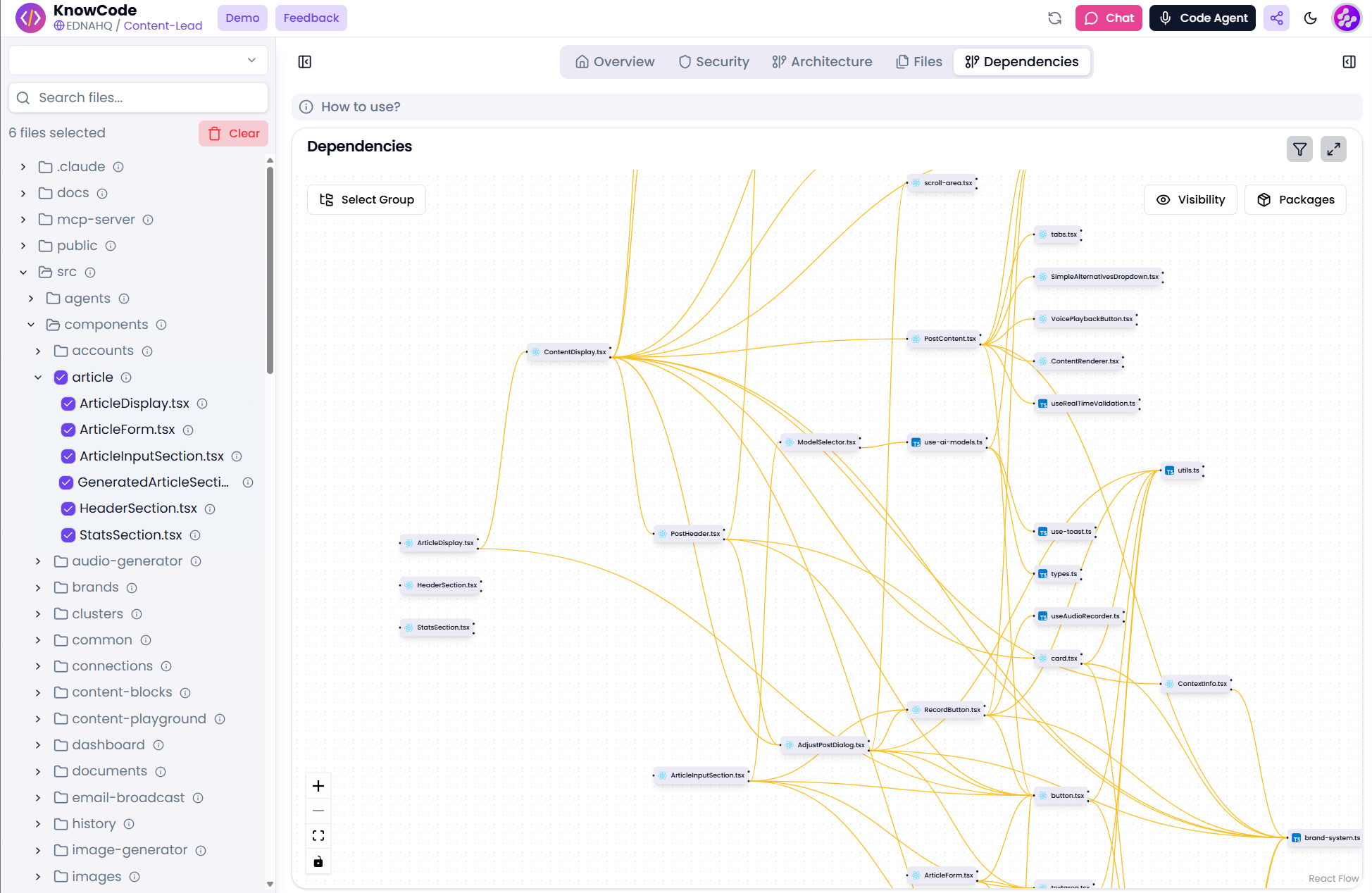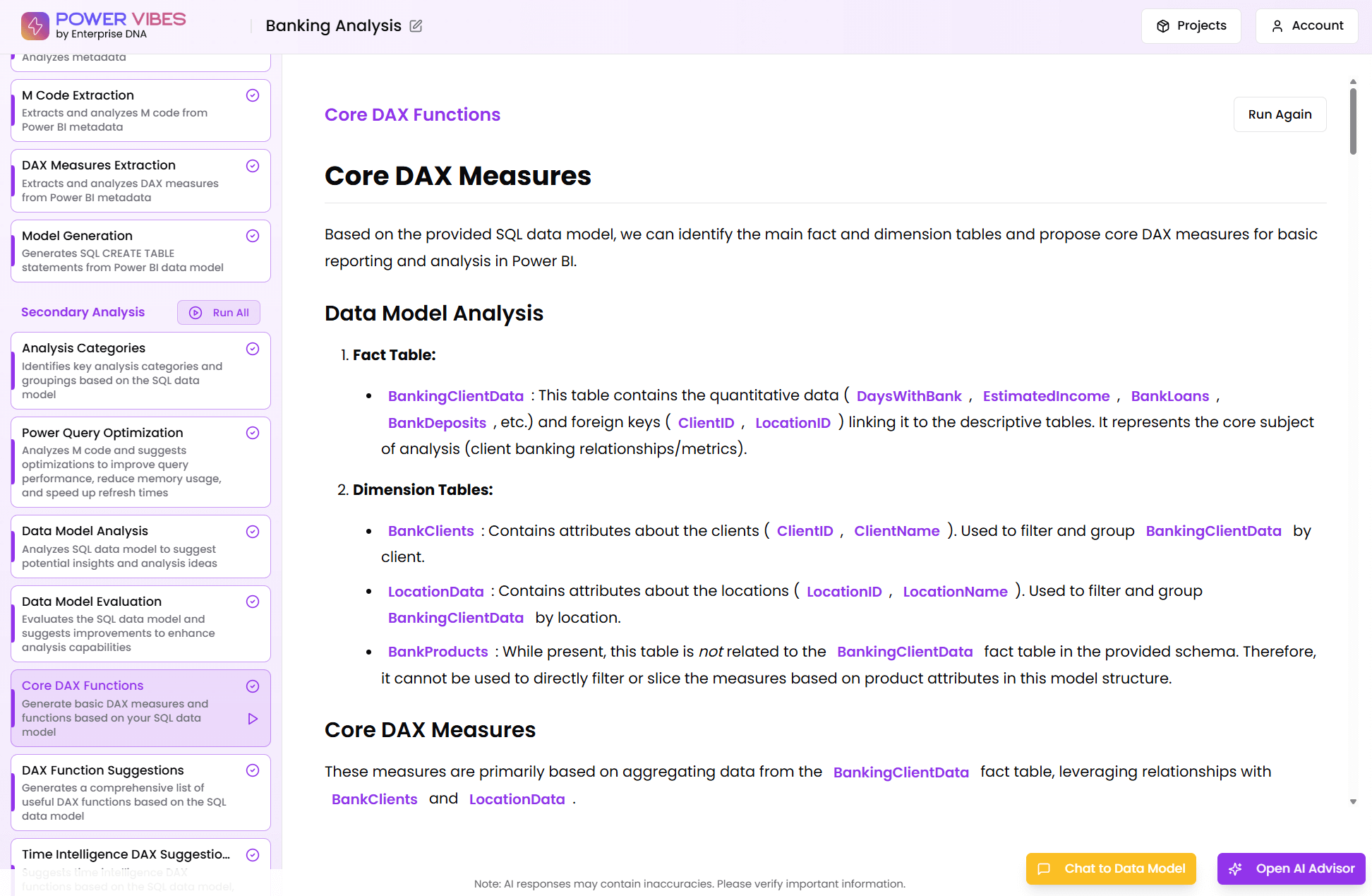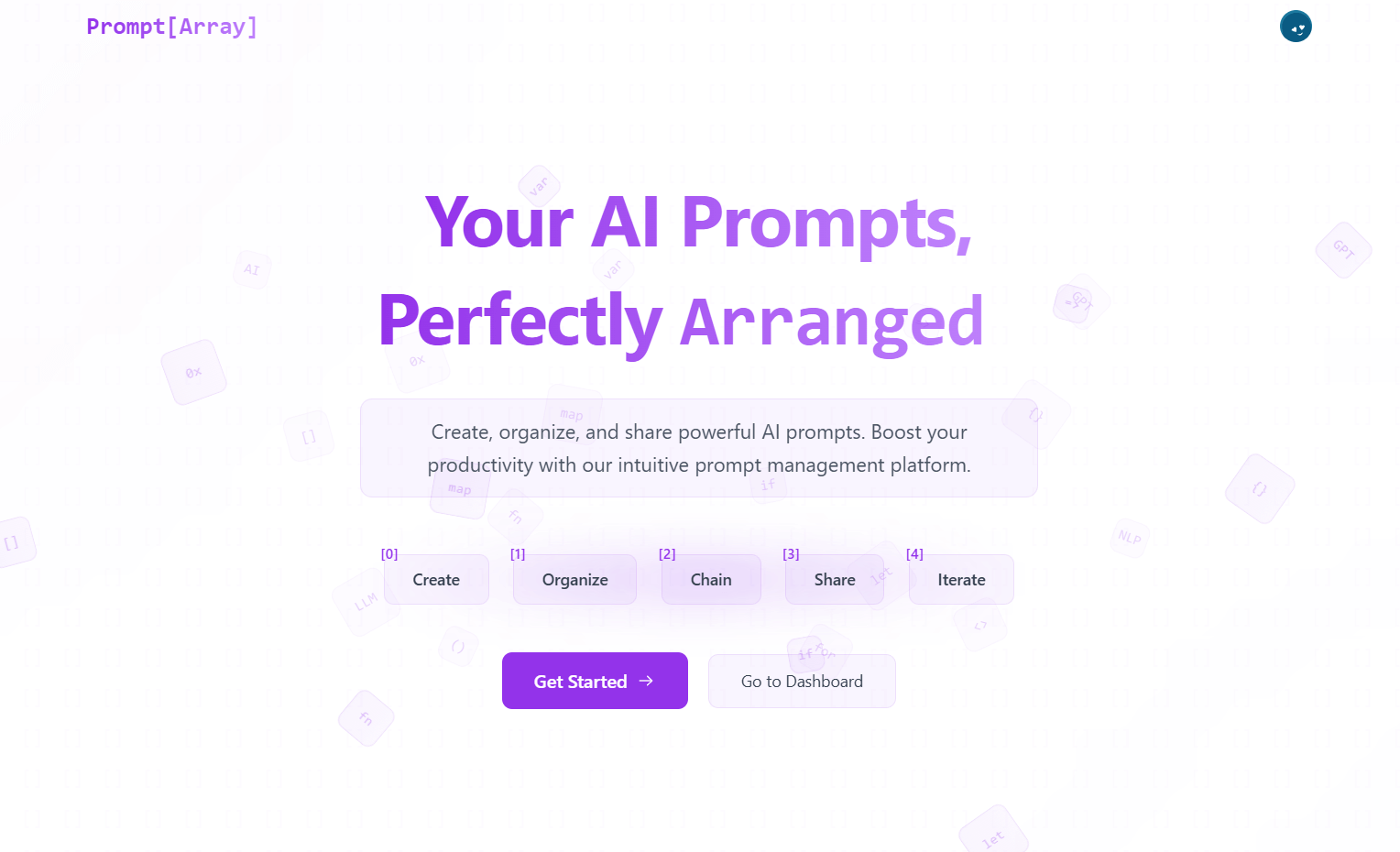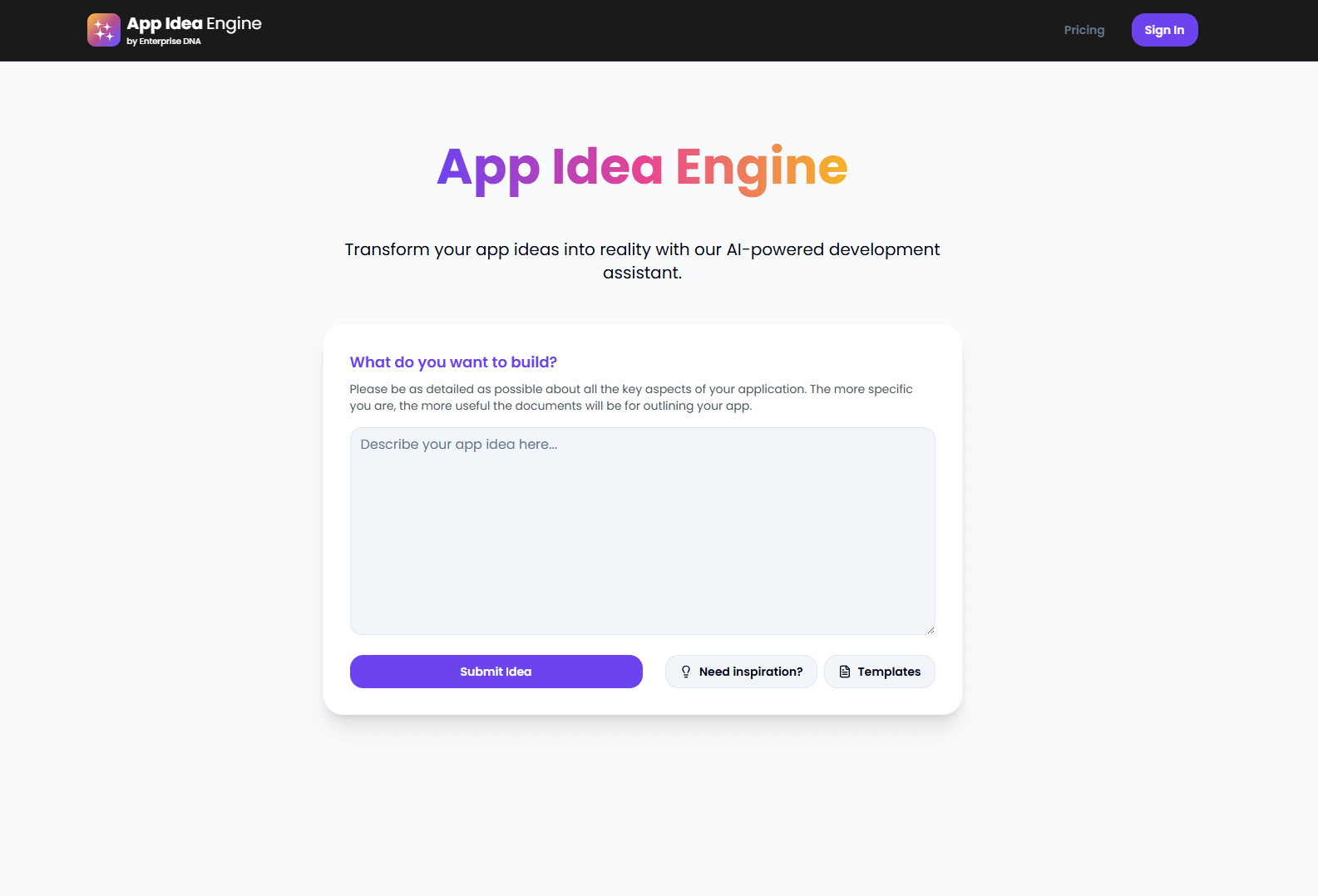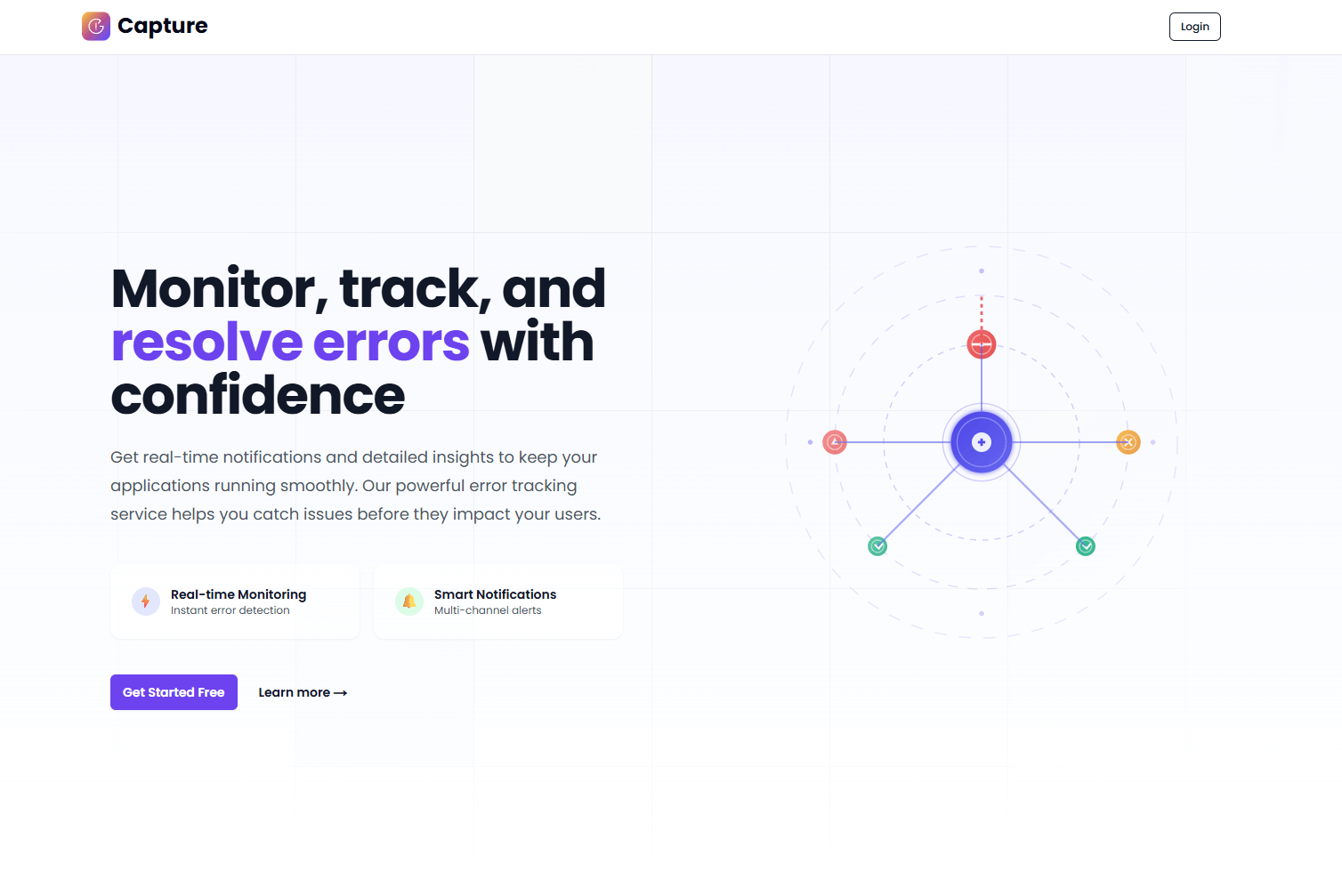Cheat sheets
Jevons Paradox and AI
Jevons Paradox and AI: Efficiency Gains or Increased Consumption?
Jevons Paradox occurs when technological progress increases efficiency, leading to a decrease in resource use per task but an overall increase in resource consumption due to higher demand. This paradox has fascinating implications for AI.
Key Points from Our Latest Podcast:
1. Initial Concept:
- Efficiency gains can paradoxically lead to increased overall consumption.
- Applied to AI, as technology becomes more efficient and accessible, demand for its applications surges, potentially leading to higher overall resource use in AI development.
2. Historical Examples:
- Transportation: New highways reduce traffic short-term but lead to more cars and traffic in the long run.
- Industrial Revolution: Advances in coal efficiency led to greater overall coal consumption due to expanded industrial activities.
- Hollywood CGI: Lower CGI costs raised production expectations, increasing overall movie production costs.
3. Application to AI:
- Software Development Costs: Lower costs drive demand for more and sophisticated applications, potentially raising overall costs.
- AI Co-Pilots and Tools: Easier software creation boosts demand for advanced applications.
4. Economic Implications:
- Investment and Growth: AI demand can spur significant investments, driving further advancements and market growth.
- Speculative Investment: Increased efficiency may lead to speculative booms and busts similar to past tech revolutions.
5. Long-Term Impact:
- Quality and Demand: Enhanced capabilities lead to higher quality applications, driving user demand and market expansion.
- Continuous Improvement: Efficiency improvements and increased demand create a feedback loop, fueling ongoing advancements.
6. Industry Dynamics:
- Balancing Efficiency and Demand: Companies must navigate improving AI efficiency while managing demand and resource consumption.
- Market Adaptation: Industries must adapt to AI advancements, impacting competition, investment, and market structure.
Conclusion: Jevons Paradox highlights the complex relationship between efficiency gains and overall resource consumption. In AI, as technology becomes more efficient and accessible, increased demand may lead to higher resource consumption in AI development. Strategic planning and investment are crucial in managing AI growth and impact.
What our Students Say
Your Author
EDNA Team
Data & AI
Frequently Asked
Questions
What’s the difference between a free account and a paid plan?
Do I need to know anything about data science or data analytics to get started with Enterprise DNA?
How will I be charged?
Can I get an invoice for my company?
Are refunds available?
Will AI take over the world and make data skills worthless?
Get full access to unparalleled
training & skill-building resources

FOR INDIVIDUALS
Enterprise DNA
For Individuals
Empowering the most valuable data analysts to expand their analytical thinking and insight generation possibilities.
Learn MoreFOR BUSINESS
Enterprise DNA
For Business
Training, tools, and guidance to unify and upskill the data analysts in your workplace.
Learn More
Latest Guides
Loading

